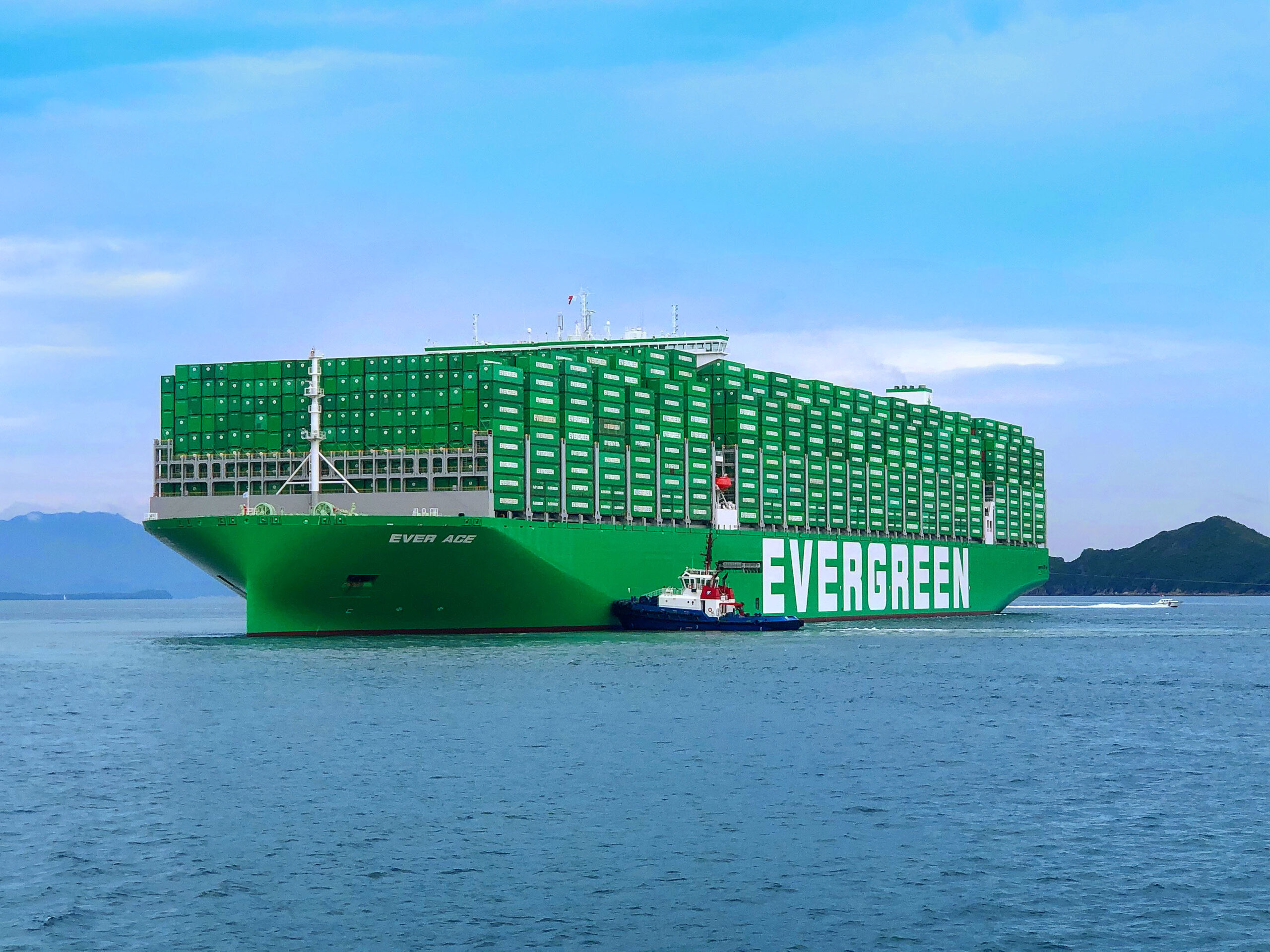The corona virus has in a short time shifted from being locally spread far away in Wuhan, China, to a global pandemic that has paralyzed large parts of the world and brought drastic constraints in most of the world’s countries.
The impact on businesses of all kinds has been severe and demand in many industries has dropped as the air puffs out of a balloon with a major hole in it. Most of us were taken by surprise with the actual speed with which demand plunged.
At the beginning of the crisis and especially when China initially experienced the spread of infection, supply chain focus here in the West was to find alternatives, to review our distribution and to some extent to start to think about the redundancy and diversification of our supply chains. As the disease cases spread across Europe and later North America, Latin America and Africa, we ended up in a survival phase. Right now, the Covid-19 pandemic has largely been about managing the effects and blocking punches. However, it is high time to do what good leaders and companies do, they live here and now while they shape tomorrow.
Put Supply Chain Risk on the management agenda
As countries around the world are easing up on restrictions, allowing travel, and we as consumers are starting are starting to consume we will see increased pressure on supply chains: I don’t believe in V-shaped recovery, supply chains are too interdependent and the bull whip effects will come into play. But I do believe and hope that the pandemic will put the flashlight on supply chain and that supply chain and its risk management will be high up on corporate strategic focus plans. Unfortunately, this has historically been a topic that tends to be too much in the supply chain organization and which only ends up on corporate management and board’s agenda in times of crises. I feel that we saw a similar peak after the nuclear accident in Fukushima in 2011 – although that event cannot be compared to the ongoing pandemic. However, conducting supply chain risk management is not solely up to supply functions to operate and achieve. A large part of the supply structure is put on the drawing board in the form of technical solutions, materials and component choices and with the often implicit choice of a specific supplier. Here, the supply chain must come in for successful management when a crisis strikes.
A Supply Chain risk management function is required
For successful risk management and redundant supply chains, the supply chain organization must be involved early in the product development flow. And in order to contribute there very well-developed component engineering capabilities are needed. The Supply Chain function also needs to have employees with a deep understanding of the commercial are and customer needs and as such a genuine interest in competitive advantages and customer value creation. I believe that the Supply Chain role has never been more complex and demanding than it is today. When I started working in Supply Chain in the mid-nineties, it was mostly about having domain expertise. That’s not enough today. Working with Supply Chain risk management is a profession in itself. Although it is vital to incorporate risk management in the process and in all areas of responsibility in the supply chain, I believe that a specific risk management function is required and not just a part responsibility on top of someone’s regular tasks.
Covid-19 will drive the development of regional supply chains
Then I think we will see an increased degree of regionalized value chains, something I have been saying for the last ten years. If you repeat something long enough, eventually you get to the point of realization. Increasingly automated production, shorter product life cycles, requirements for short lead times from customers, sustainability aspects and increased requirements for redundancy in the supply chain will control where companies choose to source. Covid-19 will also drive the development of these regional supply chains.
Technology Revolution
After all, it is unquestionable that we have never had better tools and methods for working with resilience and risk management in the supply chain. The technical aids have never been better and they will only become more and more developed. Positioning technology, predictive demand analysis, supply chain virtualization, robotization, chip technology, wireless connectivity, modulation capabilities, virtual reality, augmented reality, machine learning and AI create conditions we hardly thought possible a few years ago.
Value-creating data is the killer app of the future
Personally, I have great faith in what systems and technology can help us with. But it is not the systems or processes themselves that create great deeds. In my world, no systems, processes or methods can replace the people in the organization. People’s ability to work together towards common goals is always crucial to success. In the future, man and machine will interact even more dynamically and knowledge and relationships will be less tied to individuals. With increased digitization and digitalization, what was previously in the heads of individuals is now a push of a button away. The value creation of individuals is no longer about sitting on “facts” but rather acting cognitively and creating value from the large amounts of data generated in the value chains. Using this data for analysis and conceptualization to bring insight to its customers becomes a “killer app” in future sales processes. Gone is the time when business could be created solely on relationship. With that said, relationships are of course still super important, but not alone as it often has been historically.
Non-physical business meetings
With digitalisation and evolving collaboration technologies the physical business meetings are also likely to decrease in importance. We have certainly seen Covid-19 pushing this evolution and in a rapid way and essentially it works better than most of us thought. The challenges of creating relationships and loyalty with those you do not meet are clear. Digital aids that facilitate distance communication are already here and most of us have left the office to work via teams, zoom or other collaboration tools instead. Today I think success lies in the ability to combine the various means of communication one have with customers and potential such and doing that in a cohesive way. It is not zoom-, phone-, email- or LinkedIn interaction in its isolation, but as unity. Developed VR combined with AR, will redefine how we communicate and perceive distance. It wasn’t long ago that a landline phone was available! Fifteen years ahead in development, it might be like looking 30 years back and comparing. But as Niels Bohr said. “Prediction is very difficult, especially if it is about the future”. One thing is certain however, that the future will be different from yesterday. Either you embrace it or you dream back to how it once was. If so, it is probably time to find something else to do. Learn, relearn and learn again is a mantra I believe in.
I hope you found this blog post inspiring and that it gave you some additional thoughts around change, supply chains and what to expect in the future. What challenges and possibilities do you think the future holds? Please, share your thoughts in the comments below! Read more inspiring blog articles on the Greencarrier Blog.





